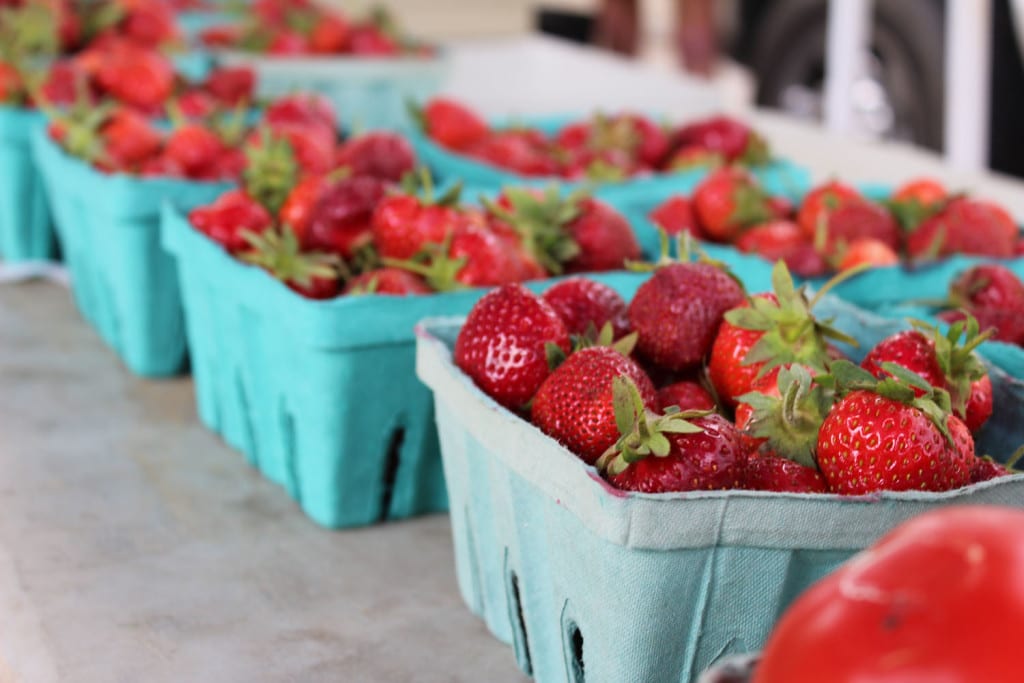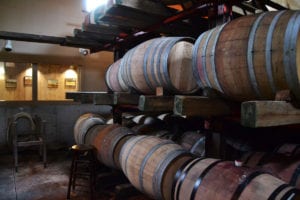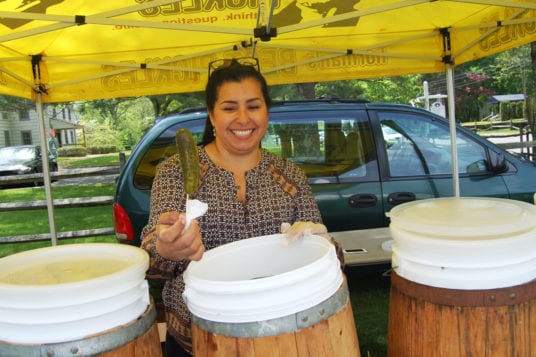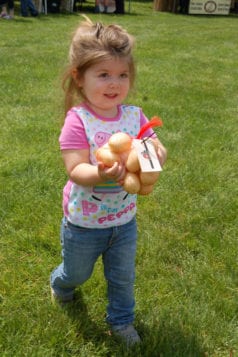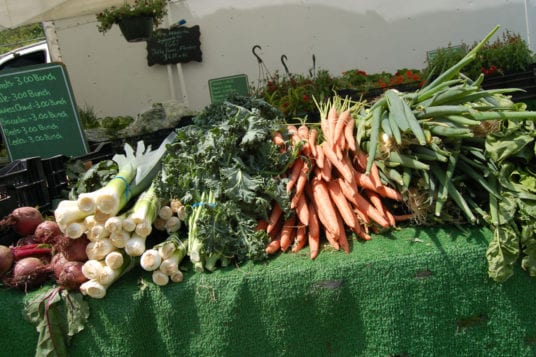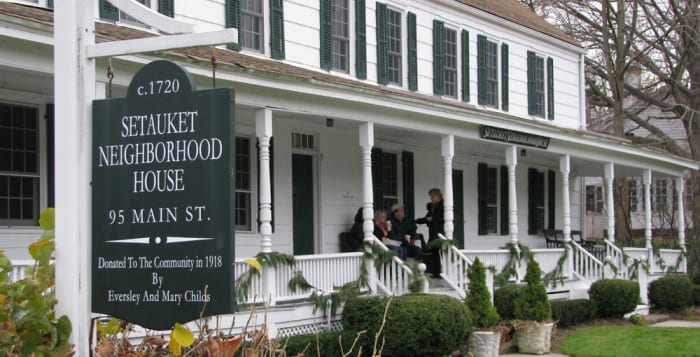Residents of Huntington who are looking for a new bite to eat should look no further than Del Frisco’s Grille. Opening this Friday, June 24, in the Walt Whitman Shopping Center, Del Frisco’s promises to be a comfortable, family-friendly spot with twists on classic American dishes.
“We cater to such a broad audience,” Executive Chef Seth Barton said. “Yes, we are American comfort food with a twist, but you’ll see Mediterranean food on our menu, and Asian twists.”
It is the first and only restaurant from the Del Frisco’s chain on Long Island, and there is something for everyone. The menu ranges from classic burgers with their signature “sloppy sauce” to appetizers like the cheesesteak eggrolls, which have a sweet and spicy chili sauce and honey mustard drizzled over them.
Popular entrees include prime beef short rib stroganoff with pappardelle noodles, prime ribeye and filet mignon.

Everything on the menu is made fresh in-house, which Barton said is one of the most important parts of the restaurant.
“We get our fresh seafood in daily; we’re trying to get the best quality out there possible,” Barton said. “That’s one thing we really pride ourselves on.”
Aside from lunch and dinner, the grill also serves brunch on Sundays, which includes items like red velvet waffles, chicken and waffles, crab Benedict and a do-it-yourself Bloody Mary that comes with multiple sides, including green beans, pickles and more. The menu includes weekly features, a rotating daily dish and various handmade cocktails, such as the signature VIP cocktail, which is made with only two ingredients — pineapple and clementine vodka.
The new spot holds about 300 guests indoors and has a private dining area that is available for parties. There is also an outdoor dining area on the patio that can hold at least 35 people.
The location where Del Frisco’s Grille sits had been empty for more than a year, the only vacated eatery spot in the mall.
Staffers said they can’t wait to get to know and become a part of the Huntington community.
“[We’re] super excited,” Barton said. “Everybody in this area that we’ve met with has been welcoming with open arms.”









